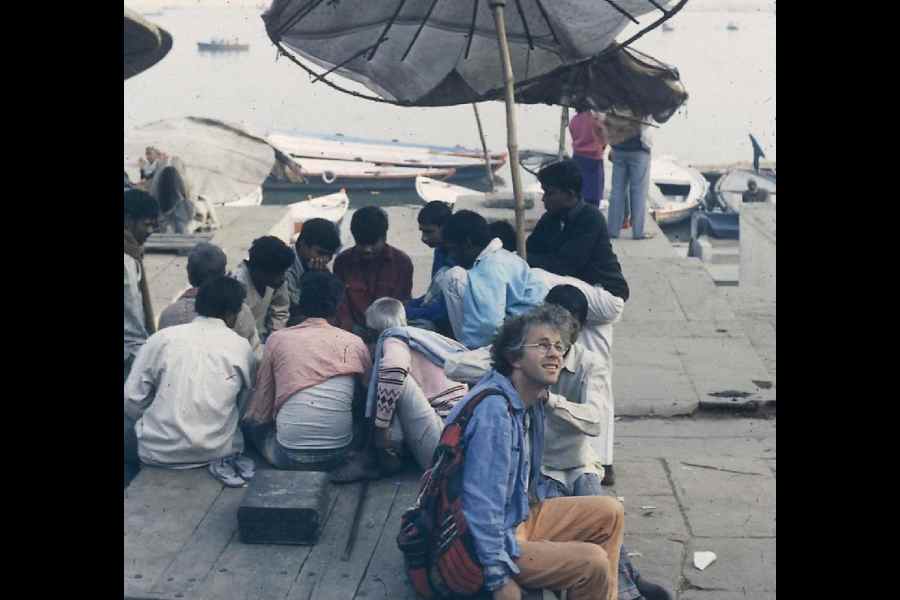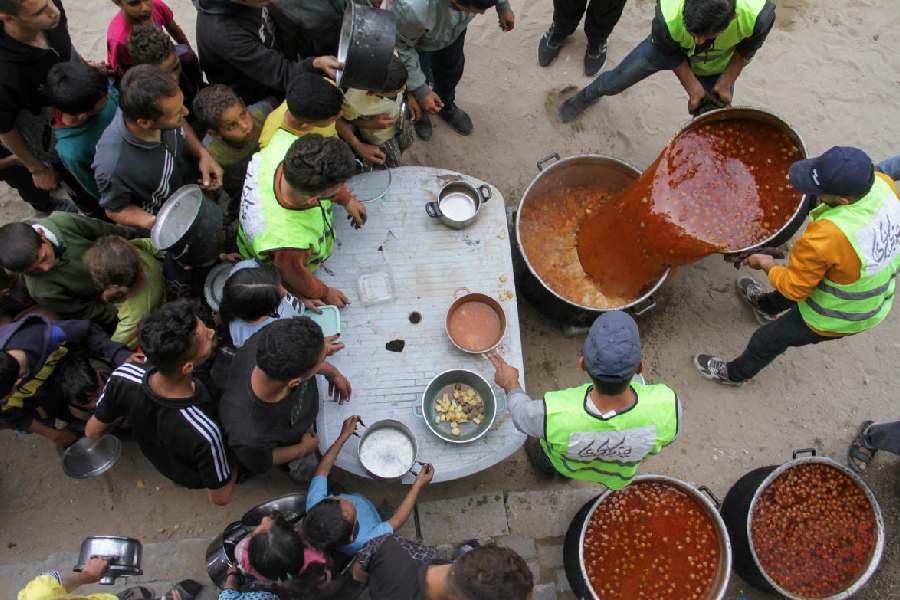The relationship between India and Bharat has been a source of much debate in recent times. At least three relationships between India and Bharat can be discerned on closer scrutiny.
First, Part I Article 1 of the Indian Constitution refers to the name and the territory of the Union as “India, that is Bharat, shall be a union of States.” “India, that is, Bharat” is the territory’s name. One possible way to understand the relationship between ‘India’ and ‘Bharat’ is to see both words as synonyms or a translation of each other. India can be seen as a synonym of Bharat in the Hindi version of the Constitution. The two terms can be interchanged without altering their meaning and they can remain equal. This can be characterised as the ‘Is Model’.
Second, these terms are not used as synonyms in scholarly and public discussions but are positioned within a larger social and cultural setting. The English version of the Constitution refers to India and the Hindi version refers to Bharat. The Constitution states this is a “Sovereign Socialist Secular Democratic Republic” that promises to secure its citizens “Justice” that is “social, economic and political”; “Liberty of thought, expression, belief, faith and worship”; ”Equality of status and of opportunity; and to promote among them all Fraternity assuring the dignity of the individual and the [unity and integrity of the Nation].”
Justice, liberty, equality, and fraternity are modern political ideas that emerged during the Enlightenment in the West. In the Constitution, India is envisioned as a modern nation, much like the Western nations. This is how modernists in India perceive the Indian nation — India is modern, and Bharat is a synonym for India.
The traditionalists, however, contested this association of the word, India, with a modern nation, reducing Bharat to a mere synonym. They argue that Bharat refers to a culture that has inherited a legacy from the ancient past, dating back to the epic, the Mahabharata. The word, Bharat, is entrenched within that tradition. Thus, India and Bharat cease to be synonymous and become different.
In recent debates, India and Bharat have been positioned as a binary between a modern India and a traditional Bharat. Here, I would like to point out that Bharat is used not only by traditionalists but also by others who are not traditionalists, such as Sharad A. Joshi, the founder of the Swatantra Bharat Paksh Party, and the Shetkari Sanghatana. Joshi uses the term, Bharat, referring to farmers, and counterposes it with India. The term, Bharat, or its equivalent, is also used by dissenters of modern Indian states like Sunil Sahasrabudhe, a chemistry graduate at IIT Kanpur who went on to do a PhD in philosophy at the same institute in the Eighties, to refer to ‘the non-capitalist social formations’.
So there is not one claimant to the use of Bharat but two. One refers to tradition; the other to premodern ‘non-capitalist’ social communities. In contrast, those who advocate India as a modern concept underplay both the versions of Bharat, the traditional and the non-capitalist social formations. Similarly, those who support Bharat undermine the role of modernity, making this an ‘Or Model’.
Finally, a third relationship is connected with the conjunction, ‘and’. The underlying philosophy for this is found in the writings of Indian national leaders such as Bankim Chandra Chattopadhyay, Bal Gangadhar Tilak, Swami Vivekananda, and Sri Aurobindo. They acknowledge the virtues of modernity for India, especially the modern political ideals later enshrined in the Constitution. They used these modern ideals to reform Bharat and eradicate social evils. Without falling into a modernist trap, they accepted tradition and, at the same time, critically engaged with it. They recalled the past to make a case for India’s independence. The past that they recalled is not singular. It is diverse and plural. Moreover, their engagement with the past is both critical and elaborate.
These leaders accepted both tradition and modernity and proposed an active and critical engagement with each other. They did not hesitate to use modern political ideals such as democracy, freedom, and liberty, including modern science and technology, from the West, to reform Bharat. Simultaneously, they identified the limitations of and some evils in modernity, such as the consequences of excessive materialism. Further, they highlighted the virtues from India’s past symbolised in the term, Bharat. A close reading of their writings reveals that they tried to make a balance sheet between both positive and negative aspects of tradition and modernity.
This conjunction between India and Bharat remains complex and enigmatic. The complex and enigmatic nature of this relationship can explain the developments in modern India. It is necessary to recognise that the engagement between India and Bharat is active. Bharat is learning from India yet resists surrendering to it. It mutates in different ways to resurface in another form and surprises India. The engagement is reminiscent of the quarrels in the Panchatantra stories.
This approach could pave the way to understanding the interaction between an India based on modernity and a Bharat rooted in tradition. These three approaches determined by ‘is’, ‘or’ and ‘and’ can broaden our understanding of the present discussion on the relationship between India and Bharat.
A Raghuramaraju teaches Philosophy at the Indian Institute of Technology Tirupati










